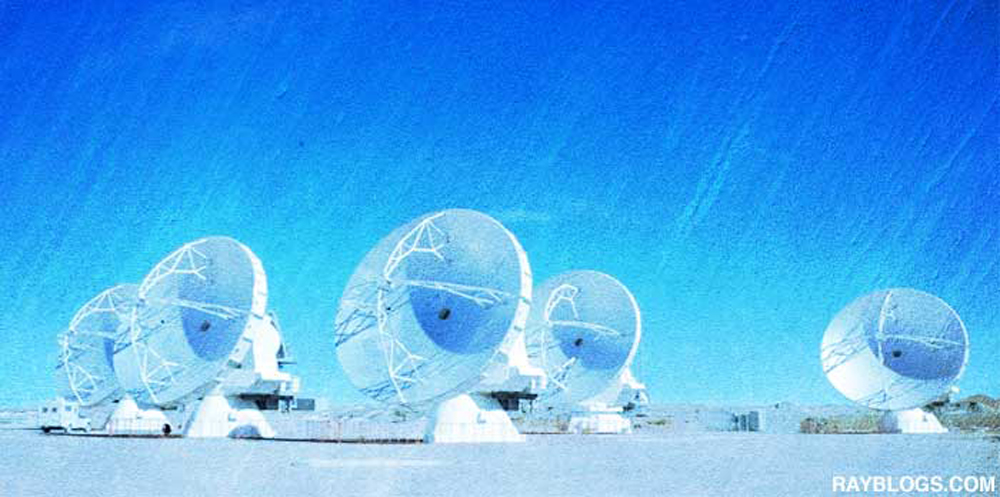1. Check the placement of your access point (AP).
A location that is higher and to the center of the house should give the best coverage.
2. Survey and choose a wireless channel that is less occupied.
For 2.4 GHz networks consider using channels 1, 6, or 11, to avoid overlapping. As for 5 GHz, the channels are spaced further apart so overlapping is less of an issue.
3. Do not use 2.4 GHz channel bonding.
Unless there are no neighboring networks, turn off AP support for 2.4 GHz channel bonding. In other words, configure your AP to use a single 20 MHz channel, as opposed to 40 MHz channel widths.
4. Do not configure your network as “hidden”.
Let your AP advertise the network SSID to the world. If you’re looking to secure your network, there’re better ways to do it than “hiding” it.
5. Secure your network with WPA2.
WEP and WPA are not only less secure, but they also limit the transfer rate to a maximum of 54 Mbps for 802.11n.
6. Use different SSIDs for 2.4 GHz and 5 GHz networks.
If your AP does not support band steering, consider using an SSID for your 5 GHz network that is different from the SSID of your 2.4 GHz network, and have capable devices connect to the 5 GHz network’s SSID, specially if there are many nearby and competing 2.4 GHz wireless networks.
7. Match Wi-Fi capabilities.
Newer APs will improve the performance of your wireless network only if your client devices match the newer technologies of the AP. An 802.11ac AP, for example, will not work better if you only have 802.11n capable devices.
8. Turn off support for legacy devices.
Unless you still need to connect to the network with very old client devices, turn off AP support for 802.11b and 802.11g wireless networks.
9. Consider adding range extenders for better coverage.
However, keep in mind that for each extender you add to your network, you will be cutting the wireless speed in half. Also, as the extender can only repeat a signal that is as good as the signal it receives, do not place the extender very far away from your AP.
10. Keep your software up-to-date.
Periodically check for driver and firmware updates for your AP and client devices.
Source: Adrian Granados
